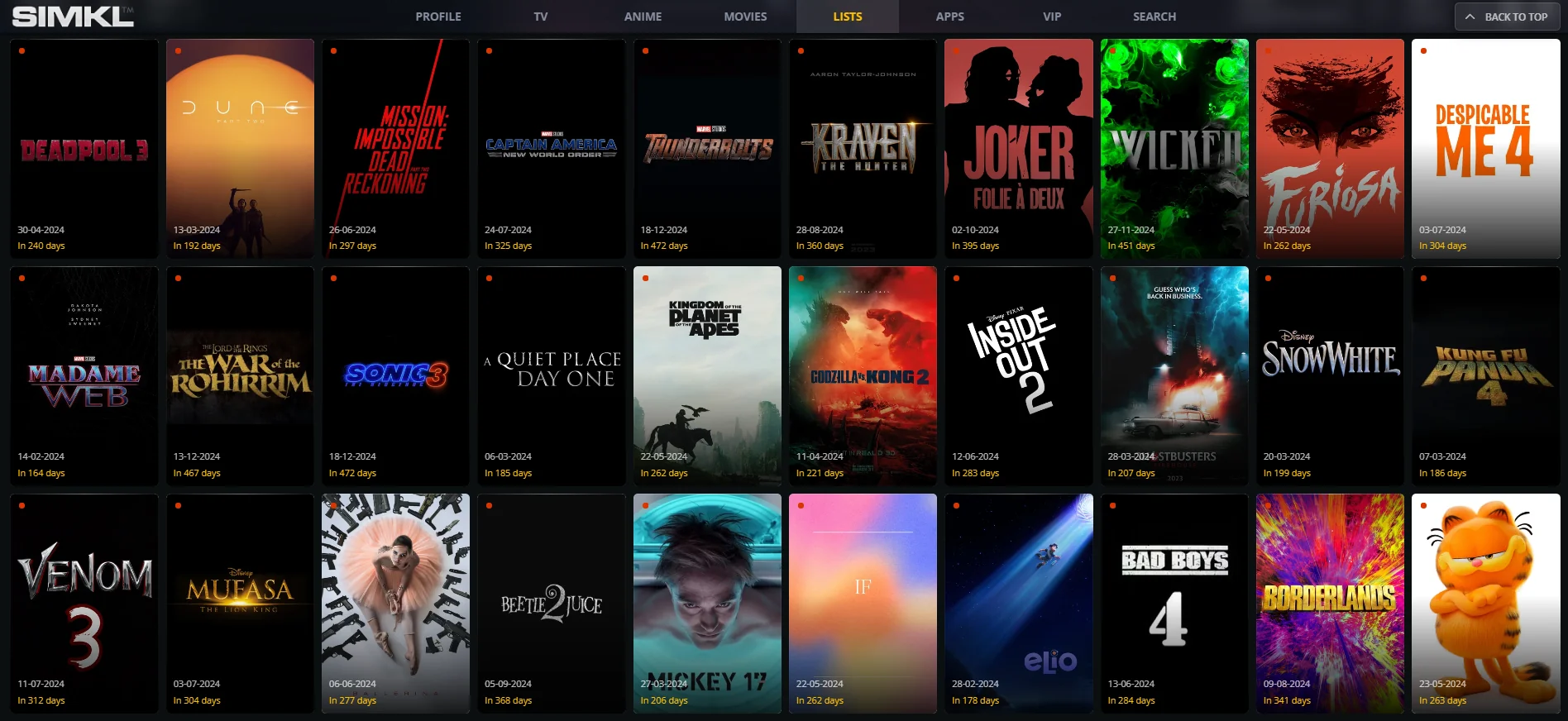Scan to BIM Services
Convert real-world buildings into accurate 3D BIM models with Scan to BIM services. Enhance design, renovation & facility management!

Scan to BIM Services: Transforming Construction and Facility Management
Introduction to Scan to BIM Services
In recent years, the construction and architectural industries have witnessed a digital revolution, with Building Information Modeling (BIM) becoming the cornerstone of modern project execution. One of the most transformative technologies within BIM is Scan to BIM services a process that captures real-world structures through laser scanning and converts them into precise, data-rich BIM models.
This innovative approach is reshaping the way professionals handle design, renovation, facility management, and historical preservation. By bridging the gap between physical and digital assets, Scan to BIM improves accuracy, efficiency, and collaboration in construction projects.
In this blog, we will explore Scan to BIM services in detail, covering its process, applications, benefits, and future potential.
What is Scan to BIM?
Definition
Scan to BIM (S2B) is a process that involves:
-
Capturing the physical structure using laser scanning (LiDAR or photogrammetry).
-
Processing the scanned data into a digital point cloud.
-
Converting the point cloud into a detailed, parametric BIM model.
These BIM models, typically developed in Autodesk Revit, are rich in data and can be used for various purposes, including renovations, retrofits, and facility management.
The Process of Scan to BIM
The Scan to BIM process involves several key steps:
Step 1: Data Capture (3D Laser Scanning)
-
High-definition laser scanners (e.g., Leica, Faro, Trimble) or drone-based photogrammetry are used to scan the physical site.
-
The scanner captures millions of data points, creating a point cloud, which is a digital representation of the structure.
-
This step ensures that every corner and element of the building is accurately mapped.
Step 2: Processing the Point Cloud Data
-
The raw point cloud data is processed and cleaned using software like Autodesk Recap, CloudCompare, or Faro Scene.
-
Noise and irrelevant data are removed to improve the accuracy of the model.
-
The cleaned point cloud is then exported to BIM-compatible formats (e.g., RCP, E57, LAS).
Step 3: Converting Point Cloud into a BIM Model
-
The point cloud is imported into Autodesk Revit, ArchiCAD, or other BIM software.
-
Engineers and architects manually create 3D elements (walls, floors, ceilings, pipes, MEP systems, etc.) based on the scanned data.
-
The model is developed to the required LOD (Level of Detail), usually ranging from LOD 200 to LOD 500.
Step 4: Quality Control and Validation
-
The BIM model is checked for clashes, inconsistencies, and missing elements.
-
It is cross-referenced with original point cloud data to ensure high accuracy.
-
Finally, the BIM model is delivered to the client for use in various applications.
Applications of Scan to BIM Services
Scan to BIM services have a wide range of applications across multiple industries, including architecture, engineering, construction, and facility management.
1. Architectural Renovation and Restoration
-
Historic buildings can be preserved with high accuracy by converting their structures into BIM models.
-
Architects use Scan to BIM for adaptive reuse projects, where old buildings are repurposed into modern spaces.
-
Heritage conservation professionals utilize Scan to BIM for detailed documentation and restoration planning.
2. Construction and Retrofitting
-
Scan to BIM is crucial in remodeling and retrofitting projects where accurate as-built documentation is needed.
-
Construction professionals use it to assess existing structures before renovations.
-
It helps in minimizing errors and ensuring that the new design aligns with the existing building conditions.
3. Facility Management and Maintenance
-
Facility managers use BIM models for asset tracking, maintenance scheduling, and space planning.
-
A digital twin of the building helps in predictive maintenance and reduces operational costs.
-
Scan to BIM allows facility teams to update models whenever modifications occur.
4. Structural and MEP Analysis
-
Engineers use Scan to BIM to analyze structural integrity and assess MEP (Mechanical, Electrical, Plumbing) systems.
-
It helps in detecting clashes and optimizing MEP installations before construction begins.
-
It is useful for fire safety planning, HVAC optimization, and electrical layout adjustments.
5. Infrastructure and Civil Projects
-
Scan to BIM is used for bridges, tunnels, airports, and railways to ensure precise documentation.
-
It improves scheduling, cost estimation, and asset management for large infrastructure projects.
-
Municipalities and governments use it for urban planning and smart city development.
Read more: Scan to BIM Conversion Services
Key Benefits of Scan to BIM Services
1. High Accuracy and Reduced Errors
-
Traditional manual measurements are prone to errors; laser scanning eliminates inaccuracies.
-
BIM models provide a precise digital replica of the building.
2. Saves Time and Costs
-
Reduces manual surveying time and project delays.
-
Cuts rework costs by ensuring proper alignment of new and old structures.
-
Improves collaboration among architects, engineers, and contractors.
3. Better Visualization and Decision Making
-
BIM models provide 3D visualization for better planning and design validation.
-
Stakeholders can explore the as-built conditions before making changes.
4. Enhanced Facility Management
-
Helps in managing building operations, maintenance schedules, and asset tracking.
-
Provides a digital twin for future modifications and renovations.
5. Improved Sustainability and Safety
-
Reduces material waste by optimizing resources.
-
Enhances workplace safety by detecting potential structural issues.
Challenges in Scan to BIM Implementation
Despite its advantages, Scan to BIM services come with challenges:
1. High Initial Investment
-
Laser scanning equipment and BIM software require significant investment.
-
Skilled professionals are needed to operate and process the data efficiently.
2. Large Data Handling Issues
-
Processing high-density point clouds requires powerful computing resources.
-
File sizes can be enormous, leading to storage and transfer issues.
3. Accuracy and Model Complexity
-
Some complex structures require manual intervention to ensure precise modeling.
-
If scan data has obstructions (e.g., furniture, moving objects), it can affect accuracy.
4. Learning Curve for Professionals
-
Architects and engineers must be trained to handle point cloud data and BIM modeling.
-
Not all firms have the expertise to implement Scan to BIM efficiently.
Future of Scan to BIM Services
The future of Scan to BIM is promising, with technological advancements driving new capabilities:
1. AI and Machine Learning Integration
-
AI-powered automation will speed up point cloud processing and BIM modeling.
-
Smart algorithms will enhance object recognition and classification.
2. Cloud-Based Collaboration
-
Cloud platforms will allow real-time access to scan data and BIM models.
-
Teams across the globe will collaborate on projects seamlessly.
3. Drone and LiDAR Advancements
-
Drones equipped with LiDAR sensors will improve scanning efficiency for large sites.
-
Mobile scanning devices will make on-site data collection more accessible.
4. Digital Twins and Smart Cities
-
Scan to BIM will play a critical role in creating digital twins for urban planning.
-
Governments will use it for infrastructure monitoring and disaster management.
Conclusion
Scan to BIM services are transforming the AEC industry by enhancing accuracy, efficiency, and collaboration. Whether for renovations, facility management, or structural analysis, Scan to BIM bridges the gap between physical and digital environments.
With emerging technologies like AI, cloud computing, and advanced LiDAR, the future of Scan to BIM looks even more promising. Investing in Scan to BIM services today ensures better-built environments for tomorrow.
Are you ready to leverage Scan to BIM for your projects? Connect with expert service providers and unlock the power of precise digital modeling today!
Also Read, Real Estate Mexico
What's Your Reaction?
















